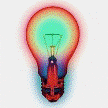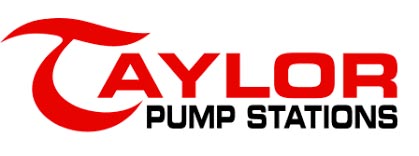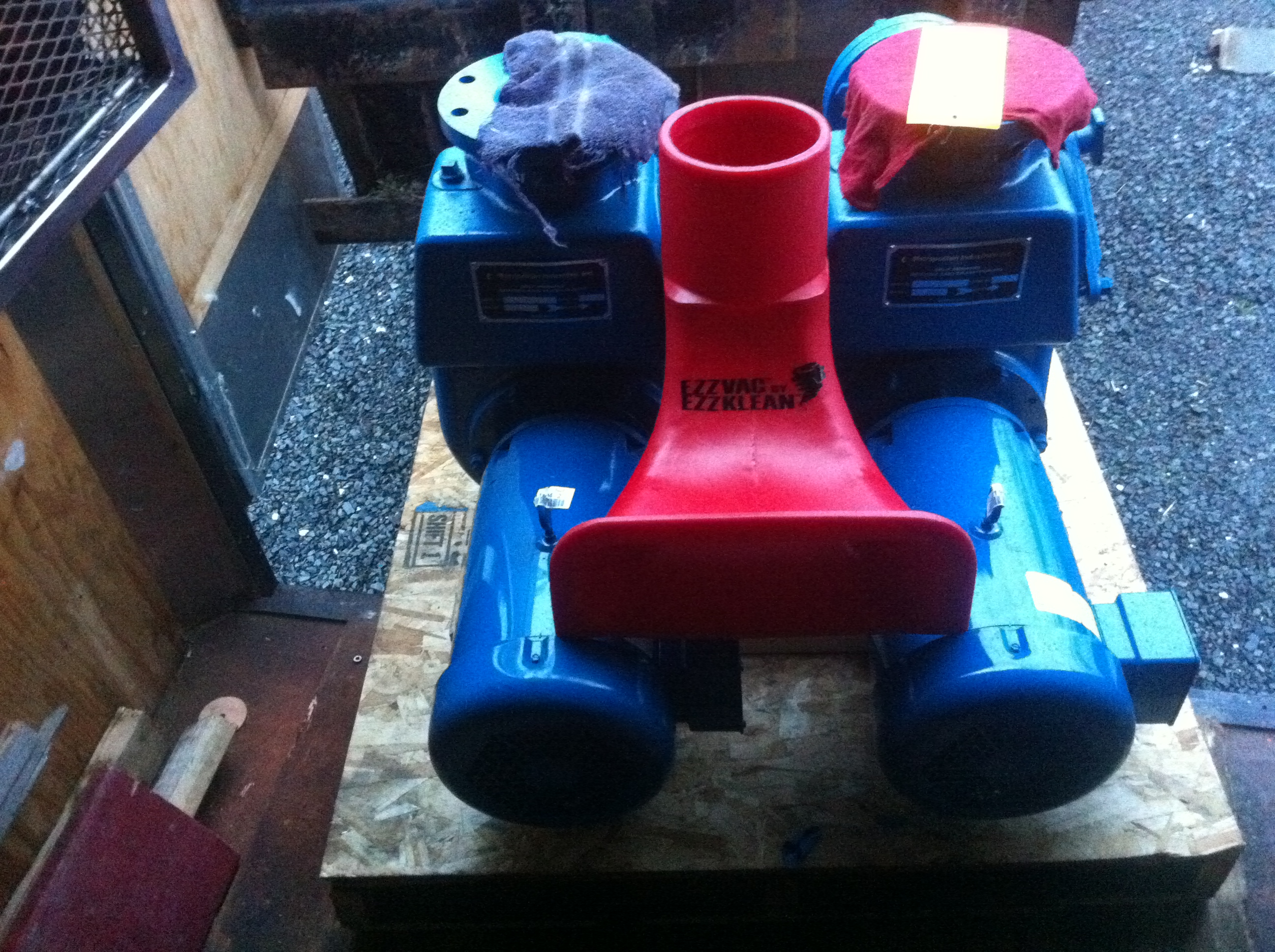See you at the Station – Packaged Waste Water Lift Station
“Pump City, USA” saves over $3,000.00 dollars annually on their power bill by retrofitting to a Taylor Made packaged waste water lift station”
As a member of the Energy Trust Alliance, Taylor Made packaged waste water lift stations, makes energy consumption the utmost of importance in every facet of the design of the packaged waste water lift station. Pumps in their varying applications and types use approximately 23% of the United States total energy consumption and nearly 30% of the world’s energy use! If we as professionals in the industry recall we owe one highly energy inefficient device all the credit for the “Bright Idea” to develop an energy efficiency policy in America.
 The light bulb illuminates the highly inefficient operation of all the pumping stations in the world, including waste water lift stations!
The light bulb illuminates the highly inefficient operation of all the pumping stations in the world, including waste water lift stations!
That is quite a claim. The truth is the energy draw of the incandescent bulb was so much of a kilowatt consumer that the bright idea that we should look at all areas of energy use, was cast upon all sectors, from residential to industrial and beyond. The June 3rd, 1993 executive order 13123 was spawned as a method to show President Bill Clinton as an environmental President, but from that soon an outline of an energy policy that would soon benefit the owners of Waste Water Lift Stations worldwide. Shortly after the order went into effect, American industry revealed the small bulb florescent technology, (Which over a decade later most people feel the eye strain blindness that has occurred in many Americans as result of trying to read In the dim glow of a florescent bulb is hardly worth it)
“Taylor Made Packaged Waste Water Lift Stations, balances the initial capital cost versus overall life cycle cost in the specifying of each energy consuming item in the packaged waste water lift station”
Being green does not necessarily mean saving green, especially in the decision to purchase energy efficient technology in  your packaged waste water lift station. It is important to note, that residents of Pump City, USA mentioned in the title of this blog, did not just save money by buying an extra $10,000.00 dollars in frequency drives and premium efficiency motors for their packaged waste water lift stations. They netted over $3,000.00 annually by making buying decisions based on long term cost analysis. Very few if any products within the energy efficient realm save energy from the perspective of “no negative offset” The variable frequency drives and all their derivatives have cost and energy draw considerations that could make their purchase a net cost increase in the overall long term cost analysis. About the only product that saves energy, (net/net) in the endeavor of moving liquid is within the hydraulic design area and that is utilizing HDPE pipe in lieu of ductile iron in the design of the station, (that information, at another “See you at the station, blog). You as a design professional must be able to balance the critical decision of the type and the quality, with initial cost factors as compared to MTBF (mean time before failure) as well as long term operating cost of all energy efficient products in the market.
your packaged waste water lift station. It is important to note, that residents of Pump City, USA mentioned in the title of this blog, did not just save money by buying an extra $10,000.00 dollars in frequency drives and premium efficiency motors for their packaged waste water lift stations. They netted over $3,000.00 annually by making buying decisions based on long term cost analysis. Very few if any products within the energy efficient realm save energy from the perspective of “no negative offset” The variable frequency drives and all their derivatives have cost and energy draw considerations that could make their purchase a net cost increase in the overall long term cost analysis. About the only product that saves energy, (net/net) in the endeavor of moving liquid is within the hydraulic design area and that is utilizing HDPE pipe in lieu of ductile iron in the design of the station, (that information, at another “See you at the station, blog). You as a design professional must be able to balance the critical decision of the type and the quality, with initial cost factors as compared to MTBF (mean time before failure) as well as long term operating cost of all energy efficient products in the market.
A Packaged Waste Water Lift Station as a lean, green energy saving machine!
Sometime back, there was a television commercial, in which the spokesperson for a company which manufactured oil filters for the automobile industry made what I believe was a catchy and accurate statement that particularly applies to the purchase of energy efficient equipment in the pumping industry “pay me now or pay me later”. Remember, the fluorescent bulb has an initial cost of nearly four times that of the incandescent but over the life span of the florescent and LED bulbs compared to that of incandescent (nearly 20,000 hours, compared to 5,000) the overall cost evens out and even saves money in the end. In summing up the world of optimizing pumping efficiency, think of hydraulics first. The liquid pumped and the flows both current and future, will drive the decision of what electrical and control equipment to buy. Finally, the cost of .10 cents per kilowatt for most industrial and public agencies will climb like that of fossil fuel. It is important when considering your next purchase of a packaged waste water lift station, to be aware of what products constitute net dollars saved over the life of cycle of the packaged waste water lift station and its components. Be wise up front, for the long run, to be truly energy efficient.
Stay in touch for next time, when I’ll “See you at the station”

